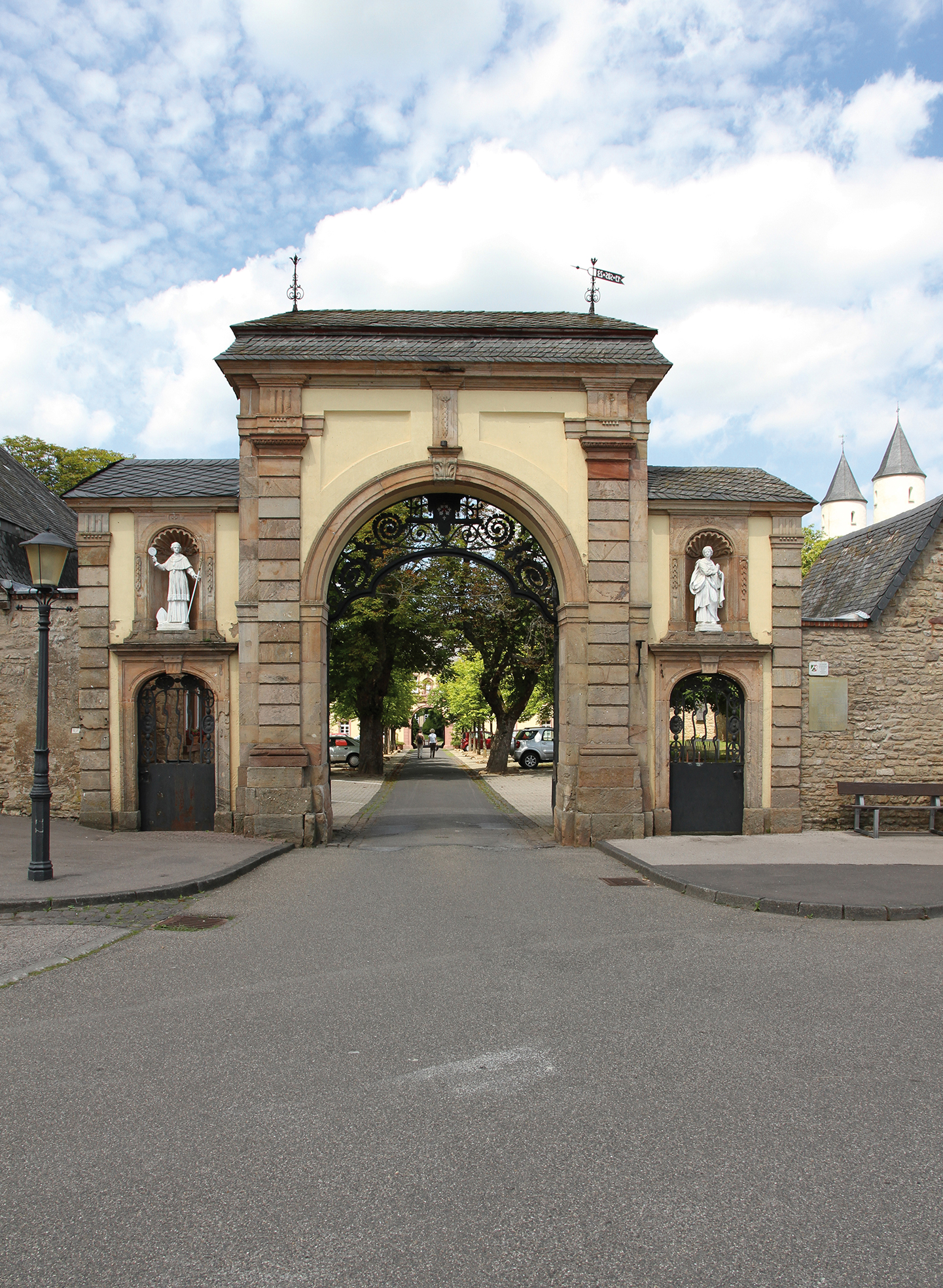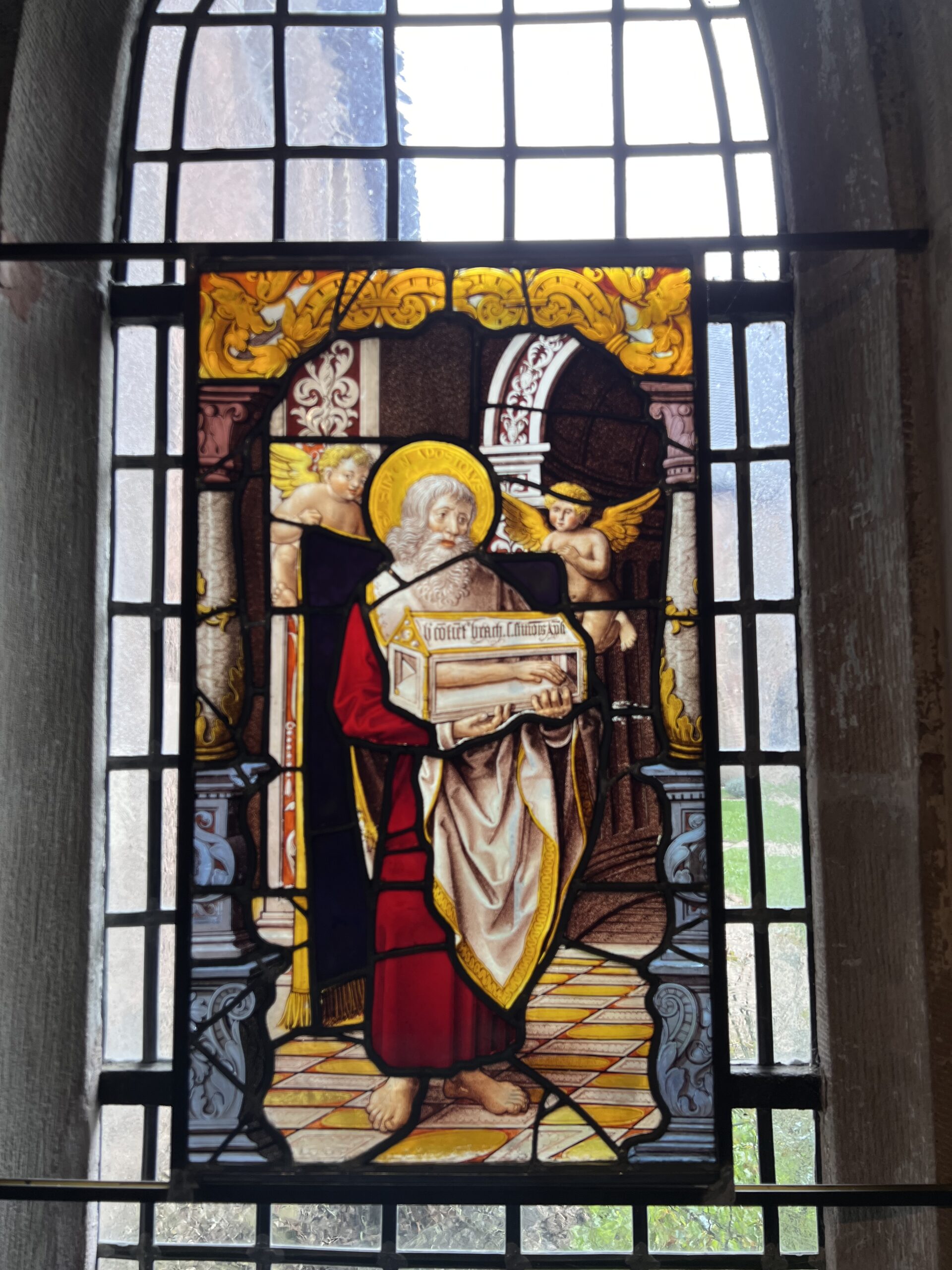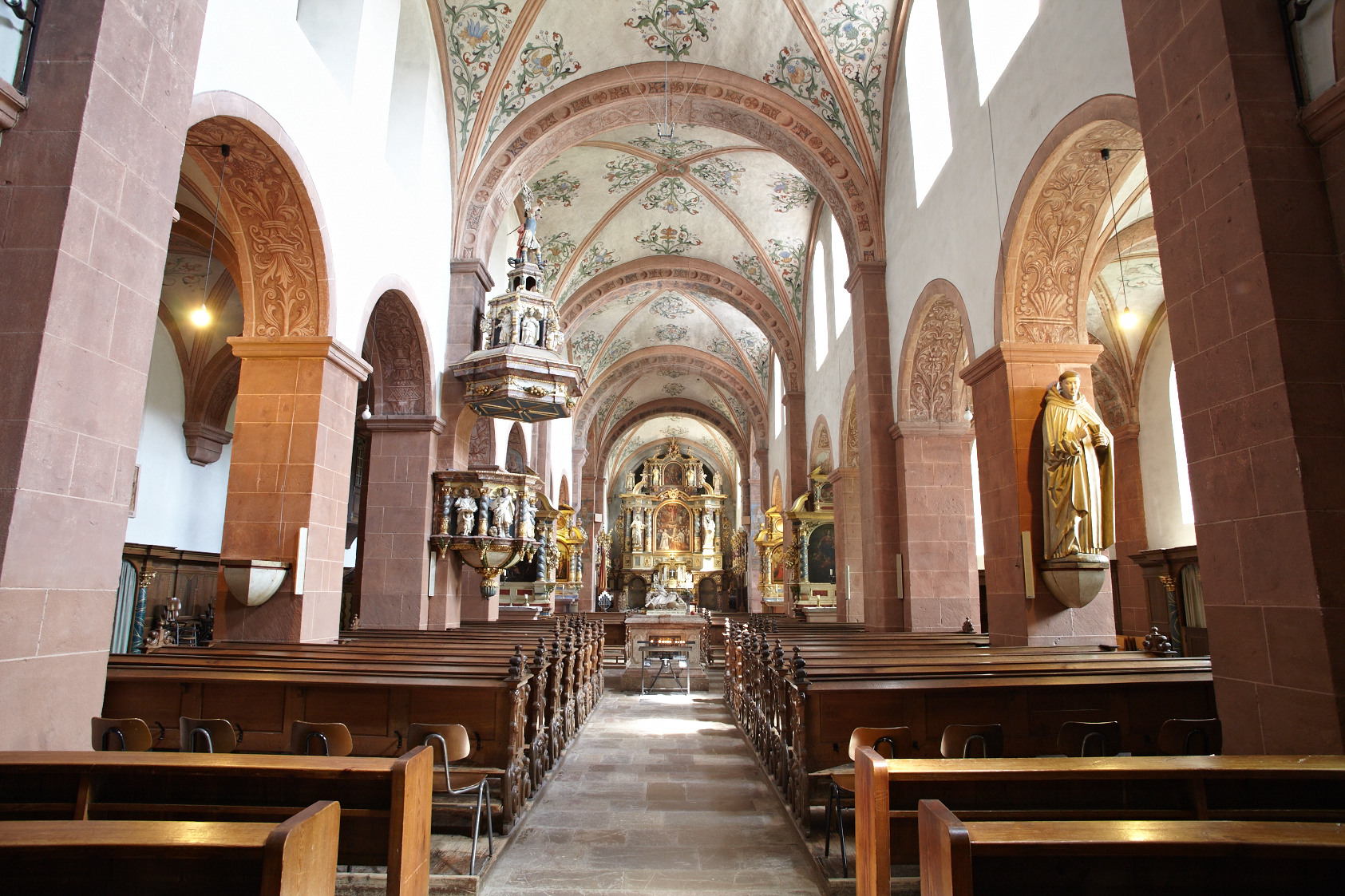Even though Steinfeld has a history of more than 1000 years, we are celebrating (2 years late due to Corona) the 900th anniversary of the founding of the monastery in 2023.
The historical beginnings go back to the time of Henry I (919-936), but are lost in the historical darkness. 1069 we find the first documented mention of the name Steinfeld for an estate owned by Bishop Udos von Toul in the Cologne diocese.
In 1121, regular canons from Springiersbach (Wittlich district) came to Steinfeld. A deed of donation from the Archbishop of Cologne at the time, Frederick I, to these regular canons dates from the same year, documenting the founding of Steinfeld Monastery.
Around 1138 they took over the rule of the still young Premonstratensian order, which was only founded in 1120 by St. Norbert von Xanten, who later became Bishop of Magdeburg.
Steinfeld was one of the most important monasteries in the German Empire. Subsidiaries were founded in Ireland, Holland and Germany as well as in Eastern Europe. The Strahov Monastery (1140) near Prague is of particular importance. In 1184 the provost becomes Steinfeld Abbey, in which 44 abbots ruled in uninterrupted succession until secularization (1802).
After secularization in 1802, the monastery served various secular purposes until it was taken over and revived by the Salvatorian order in 1923.
The Salvatorians took over the former monastery church and today’s basilica as well as pastoral care in the parish, founded a grammar school and a boys’ boarding school that has since been closed. Today, in addition to a monastery shop with a monastery café, they run the Steinfeld Monastery Academy and run the guest house.
In its entirety, Steinfeld is considered to be one of the best-preserved monastic monuments in the Rhineland and a place with a lively culture and tradition that is now thousands of years old.















